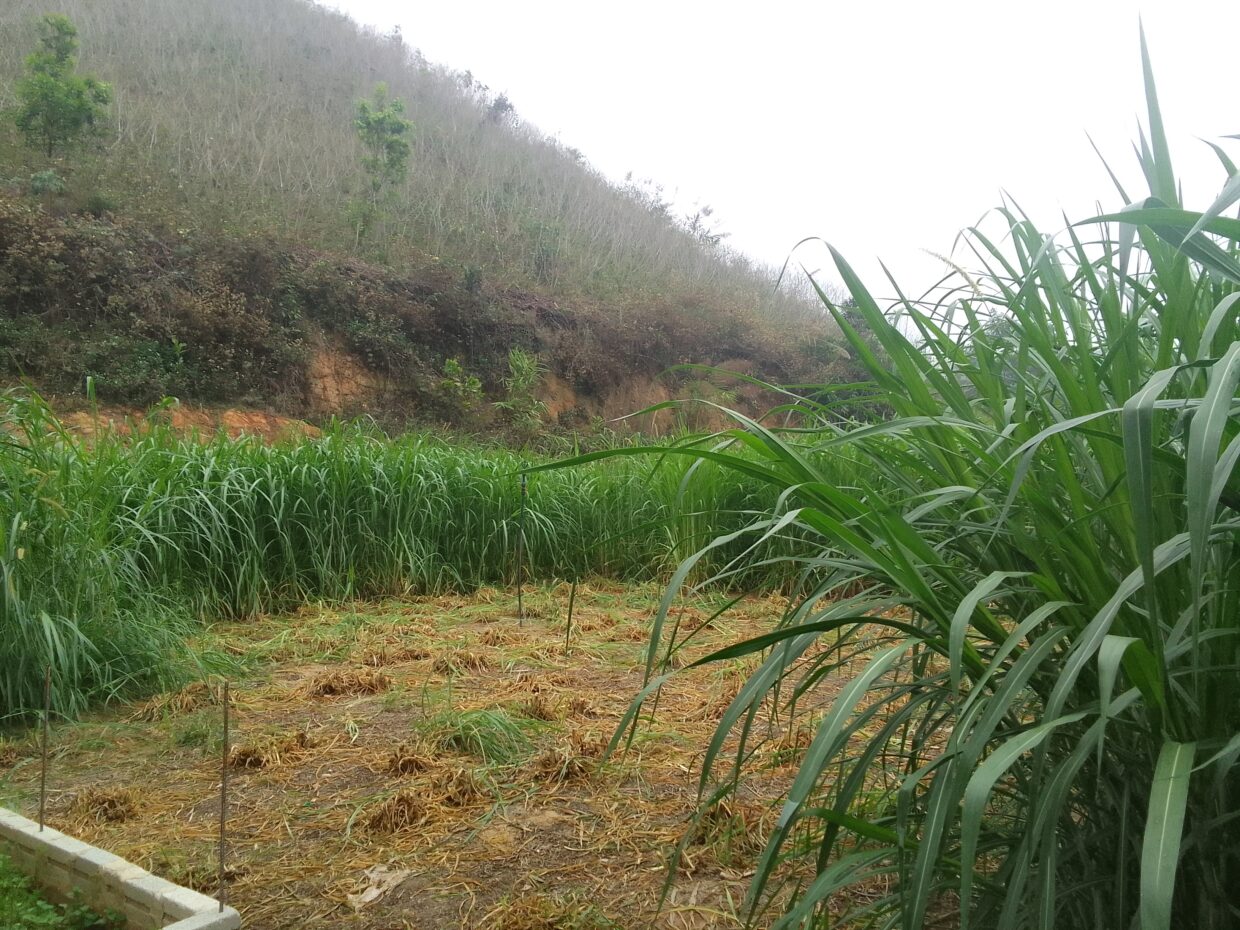Crop-livestock integration in Northwest Vietnam: Various adaptation strategies
The paper “Trajectories of crop–livestock integration in the context of specialization in Northwest Vietnam“, published in The Journal of Agricultural Science, has been chosen as the latest Editorial Highlight and is freely available to download for one month.

Why look at changes in crop and livestock practices in Vietnam? In mountainous Northwest Vietnam, the standard agricultural model since the decollectivization has been mixed crop–livestock family farms. These diversified farms combined livestock, vegetable and fruit trees, fishponds, growing annual crops for animal feed (e.g. fodder, maize grain), domestic consumption and sale using agricultural practices based on crop-livestock integration. Besides increasing the resilience of farming systems, these practices enhance the recycling of biomass (animal waste, crop residues, etc.) and the exchange of energy and nutrients between livestock, crops and the soil. As the existence of mixed crop-livestock farming systems is challenged by intensification and specialization supported by the agricultural development policies, understanding the changes underway could help identify drivers and constraints to the adaptation of crop-livestock integration practices.

To identify changes in practices, characterization of the existing farming systems of a typical district of Northwest Vietnam was first realized. Based on the level of crop-livestock integration and farm diversification, seven types of farms were identified and classified as either mixed farms, farms specializing in livestock or farms specializing in crops. The study of current and past crop-livestock integration practices through a retrospective analysis of changes over the last 30 years highlighted three main trajectories: the conversion of mixed crop–livestock farms into more specialized crop systems, a change from mixed crop–livestock to more specialized family livestock farms and a change in the management of large ruminant herds and their feed system from free grazing to forage-fed systems.

The results showed that intensification of production through intensification of practices is possible and is underway. On the one hand, there is increased use of external inputs (animal feed, fertilizer) and farm specialization, but on the other, more integrated management of fertilization and animal feed while maintaining a diversity of activities. Between these two extremes, various combinations of agricultural practices and systems involve multifaceted crop-livestock integration, particularly in specialized farms. A prospective study of future changes in agricultural systems at the farm and district levels through the co-construction of prospective scenarios constitutes an opening into the possible futures of local agriculture.
The Journal of Agricultural Science Editorial Highlights are selected by the Editor-in-Chief and are freely available for one month. View the recent selections here.






